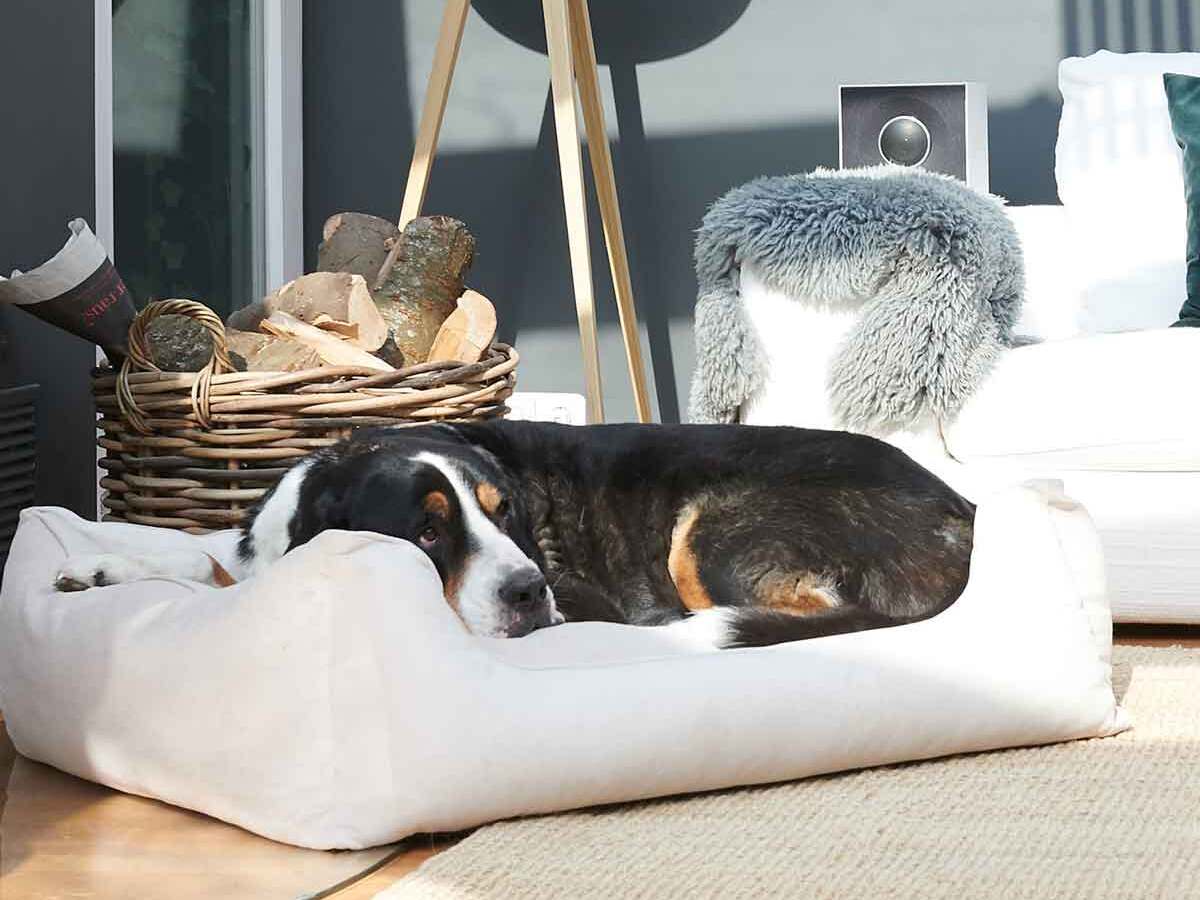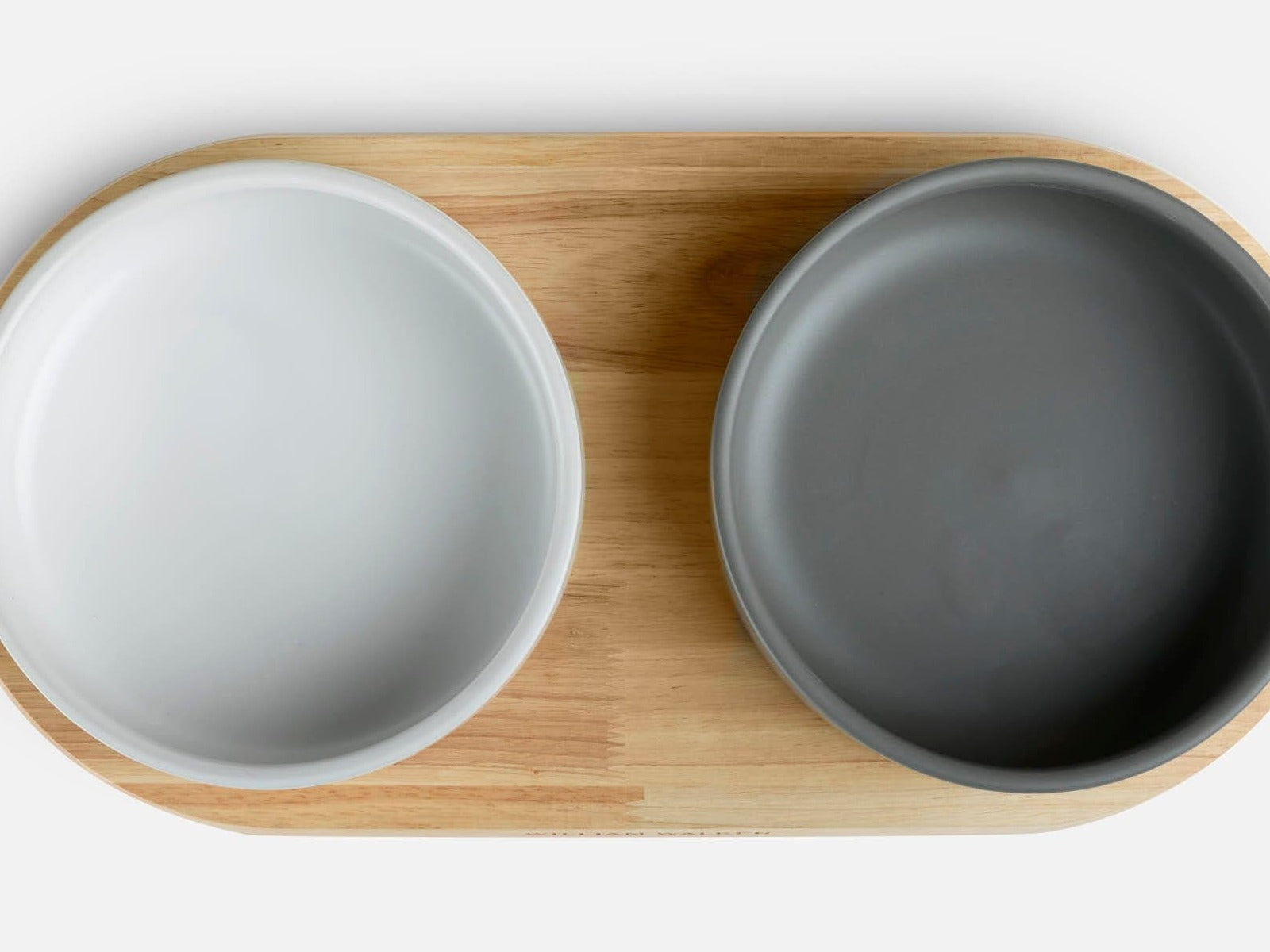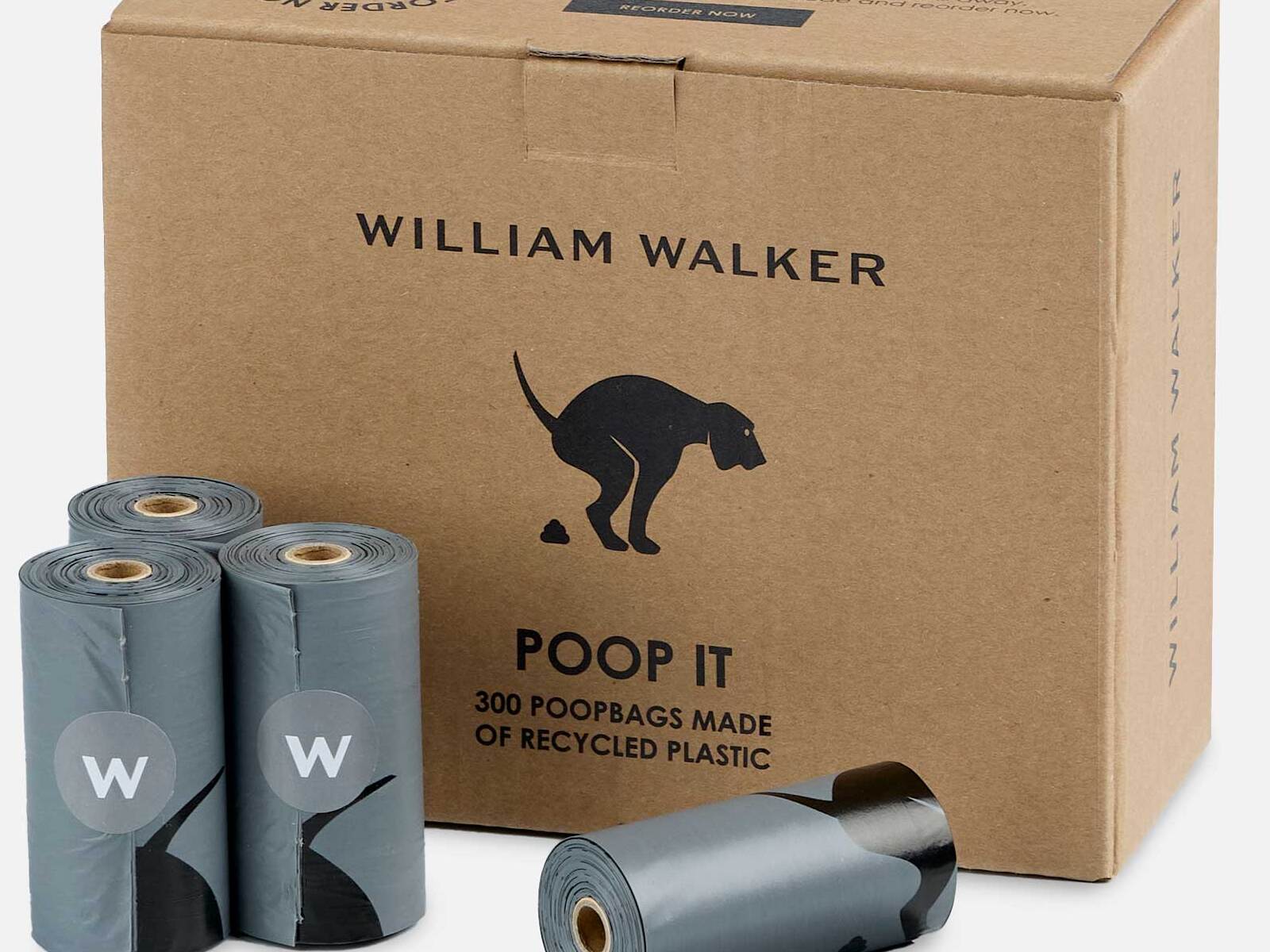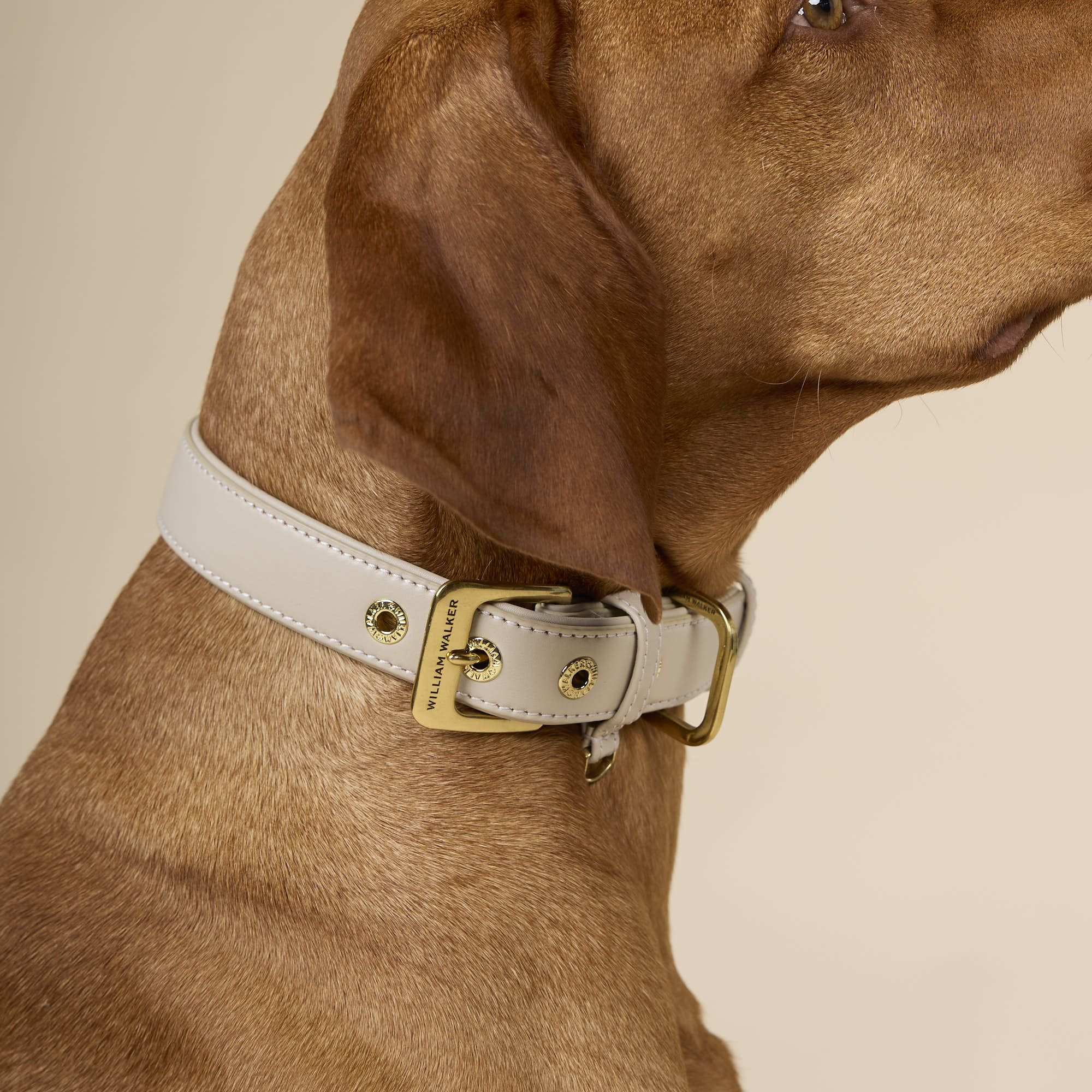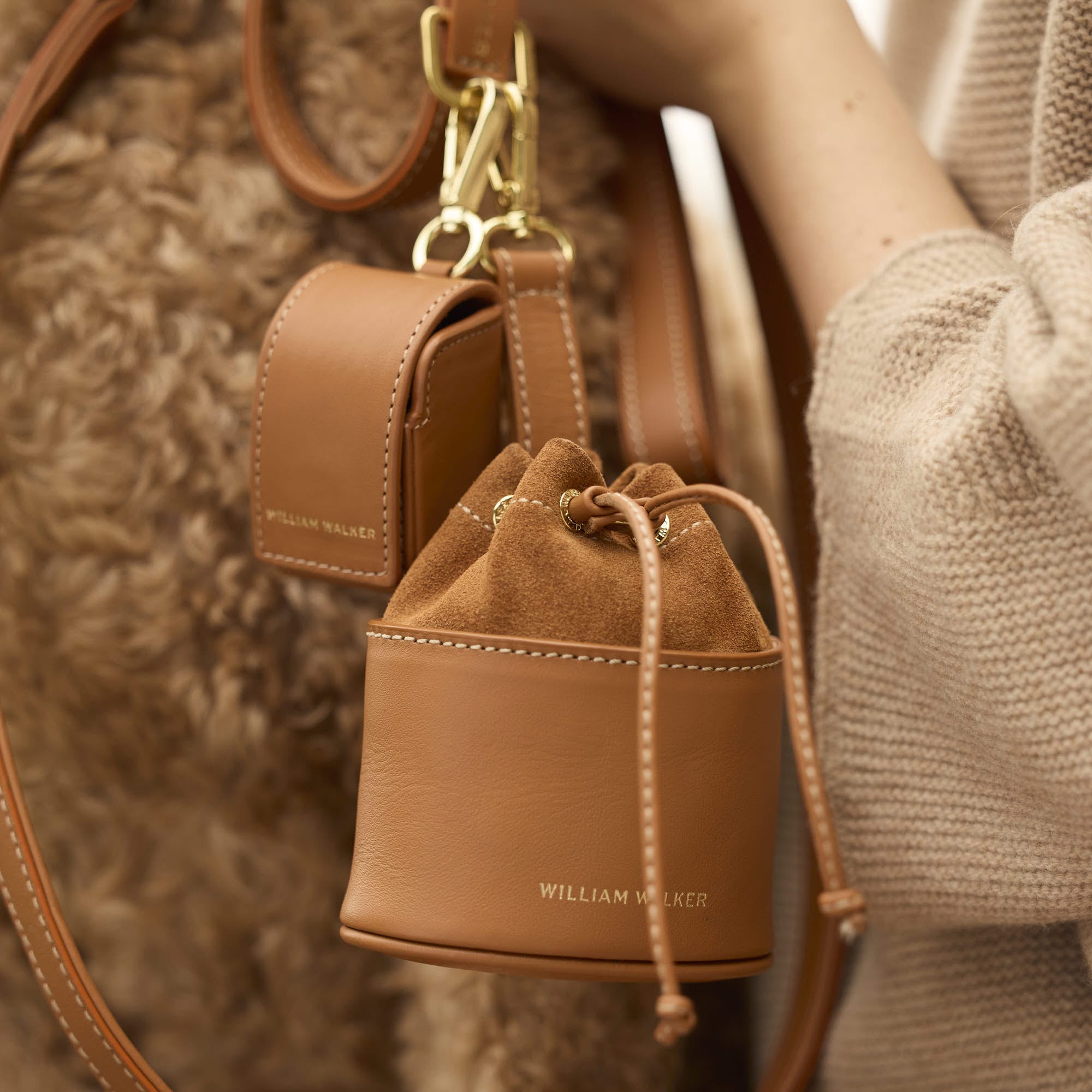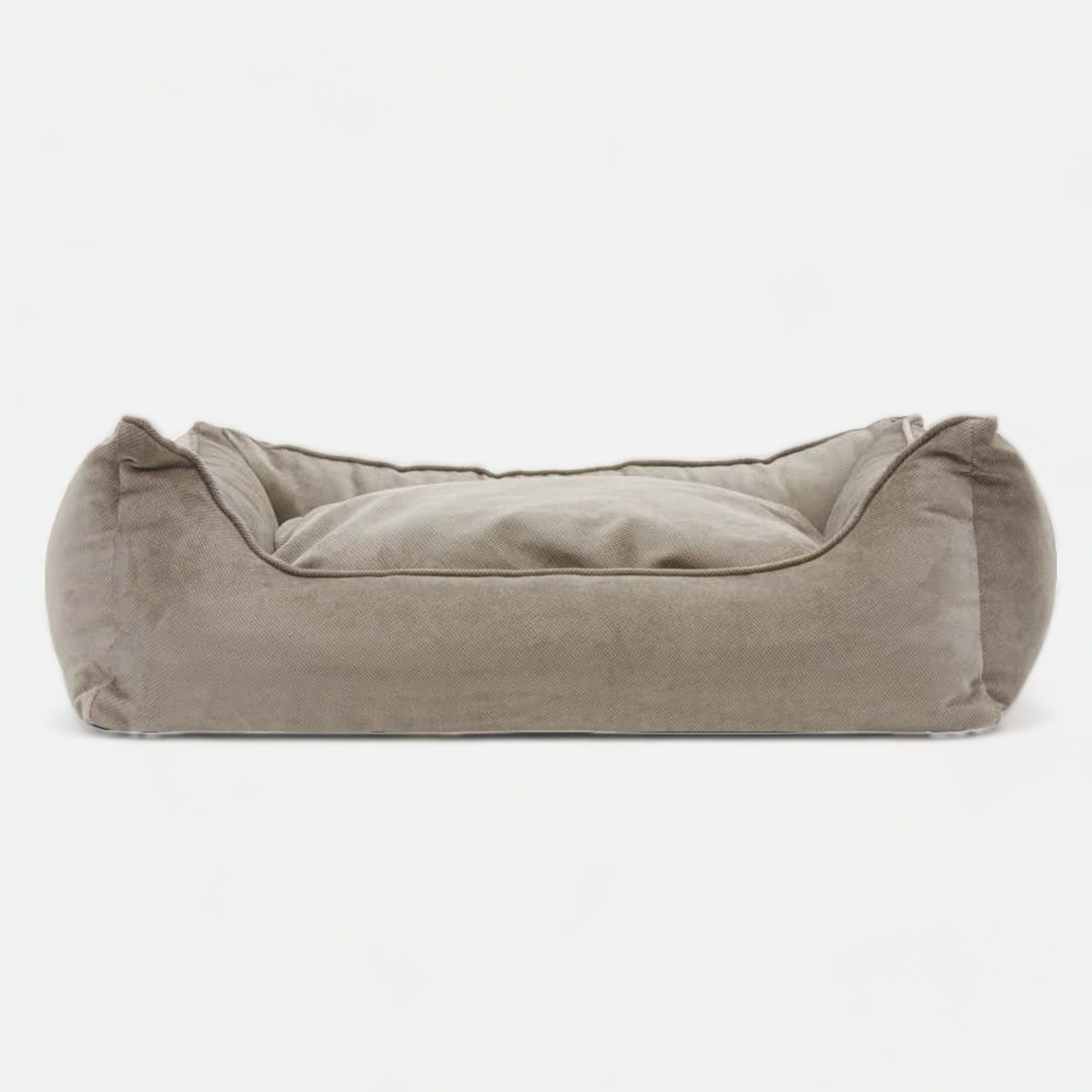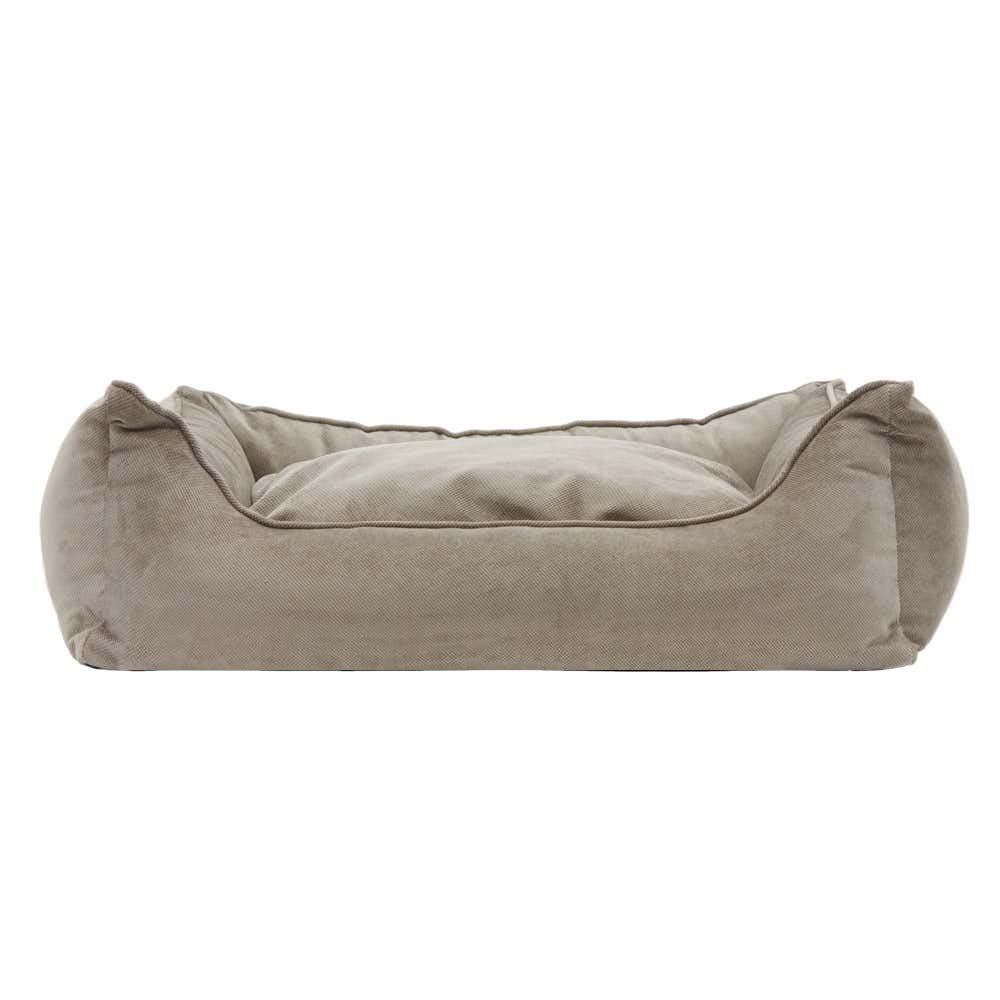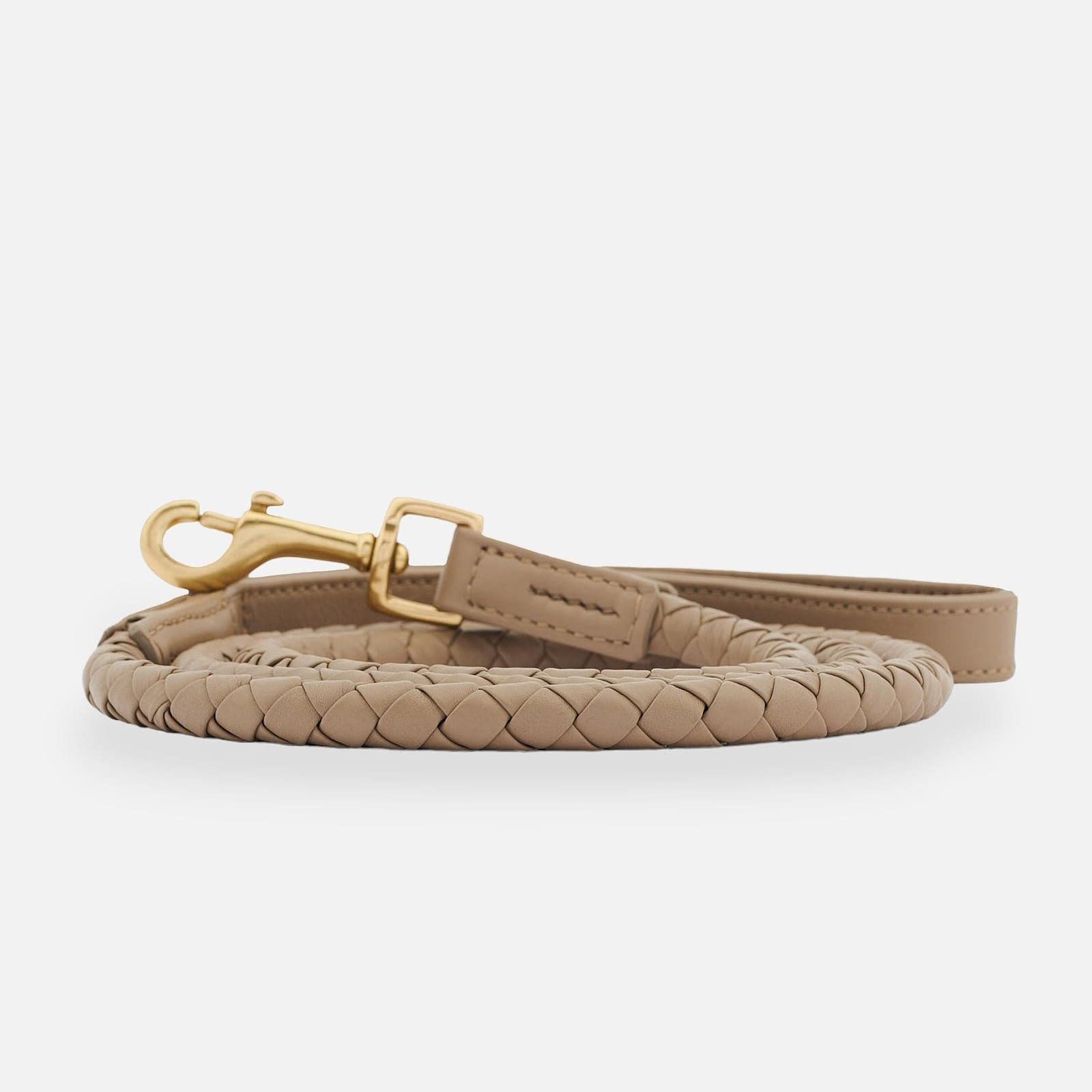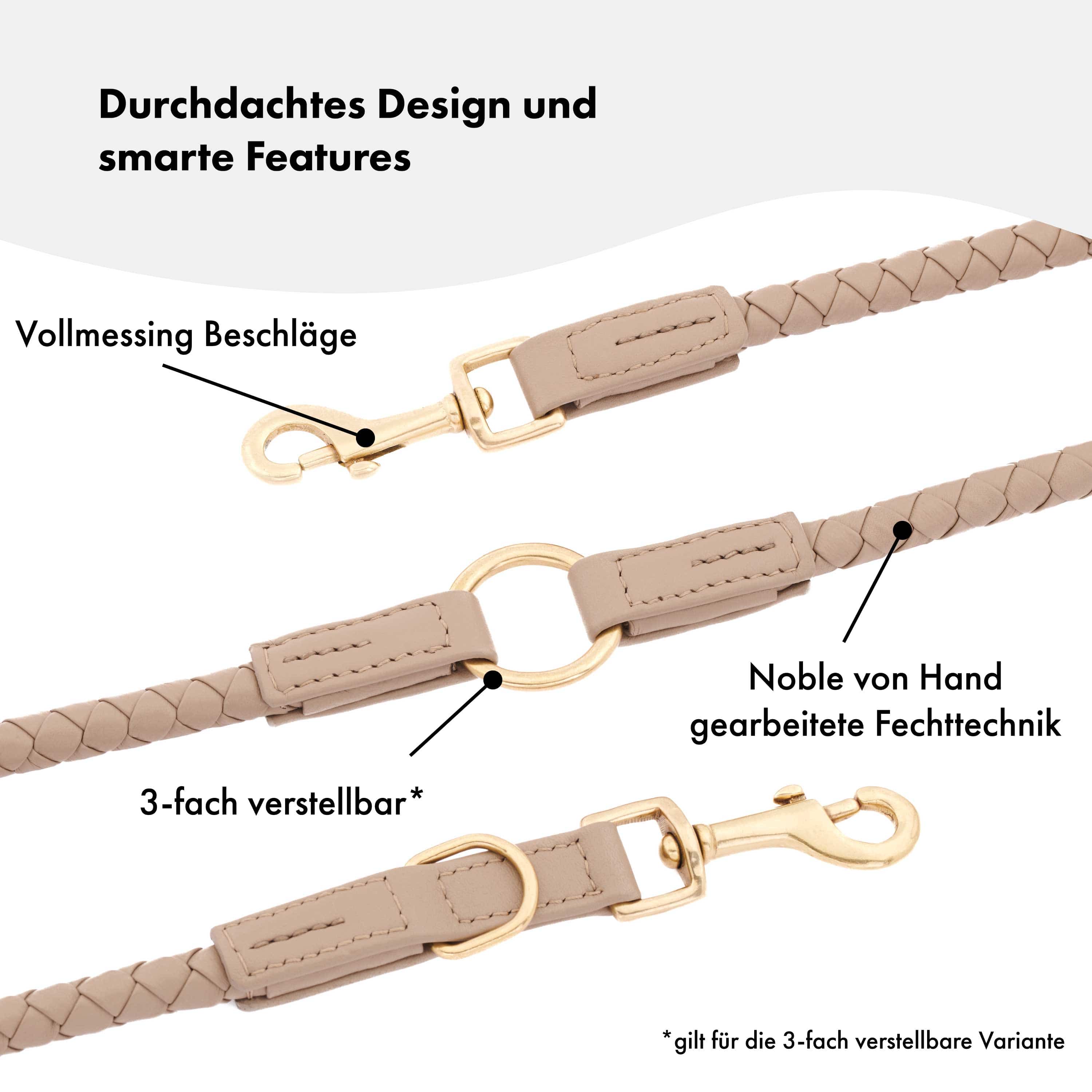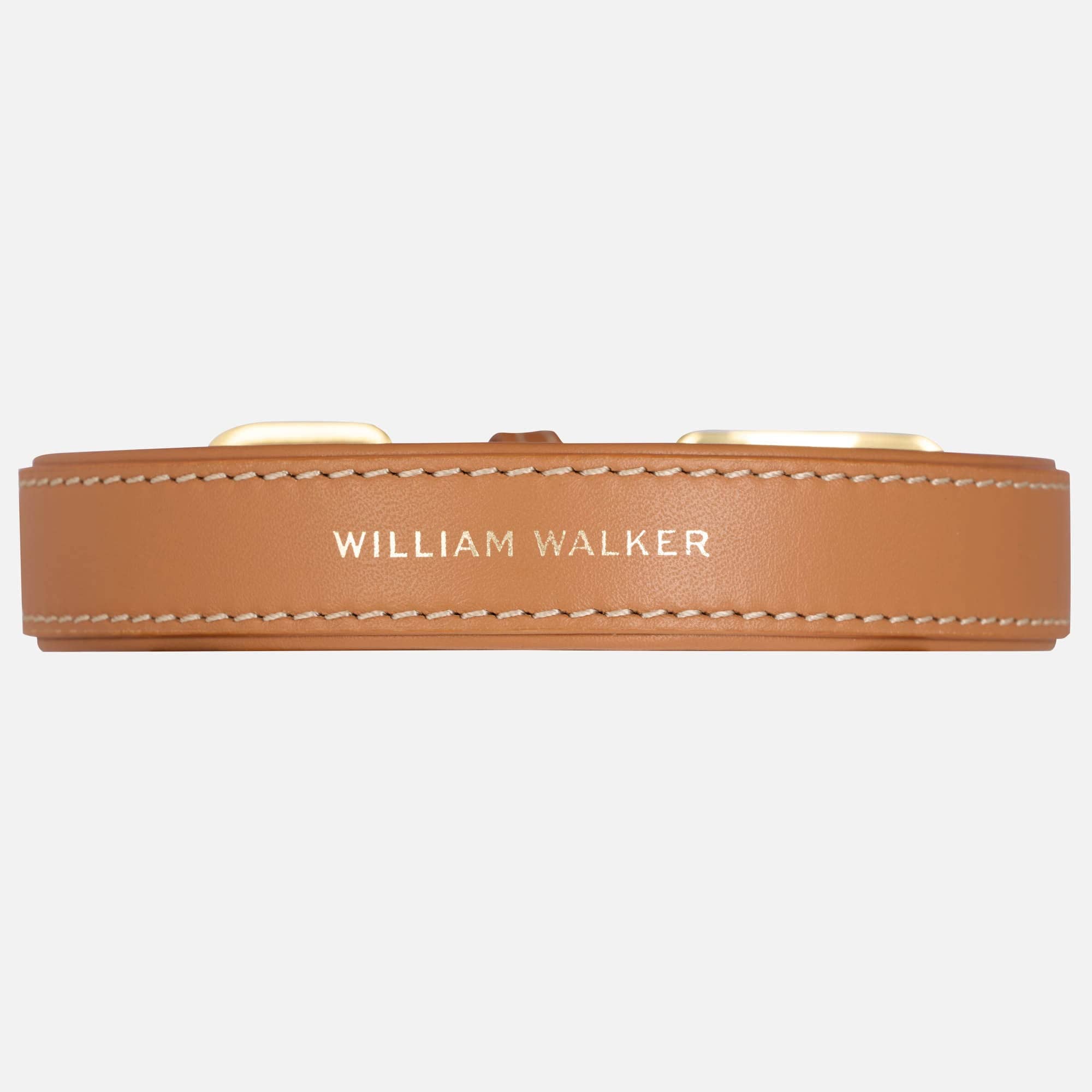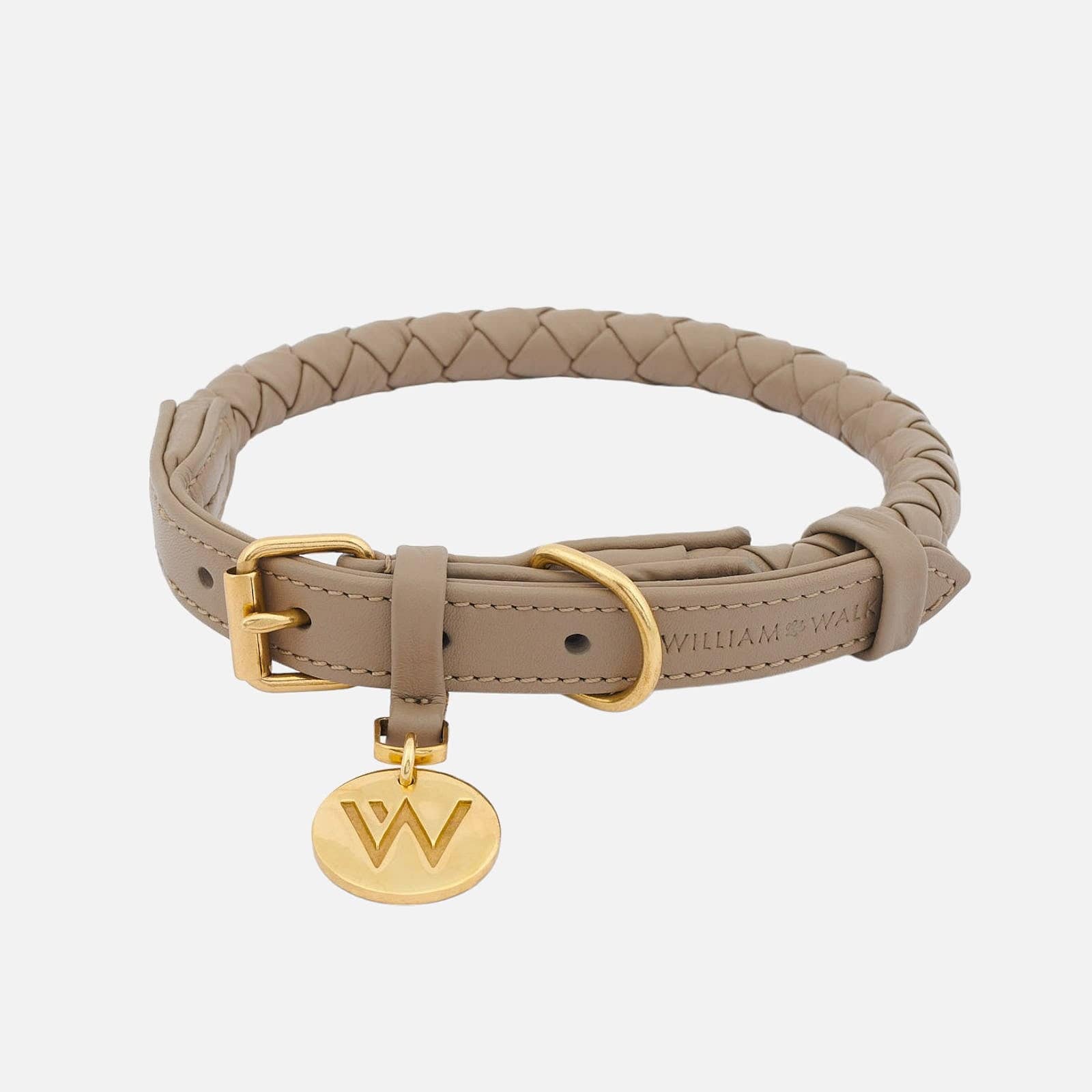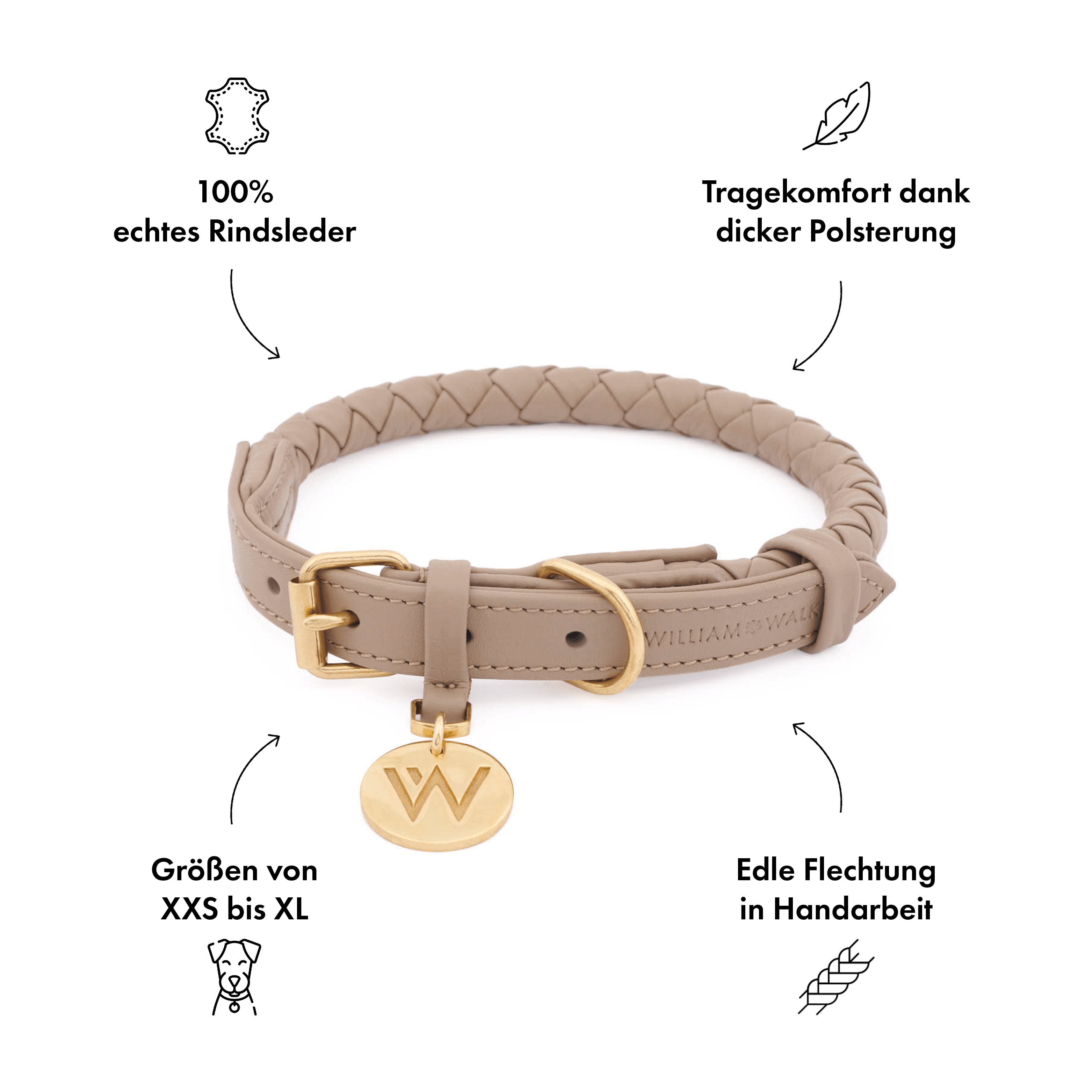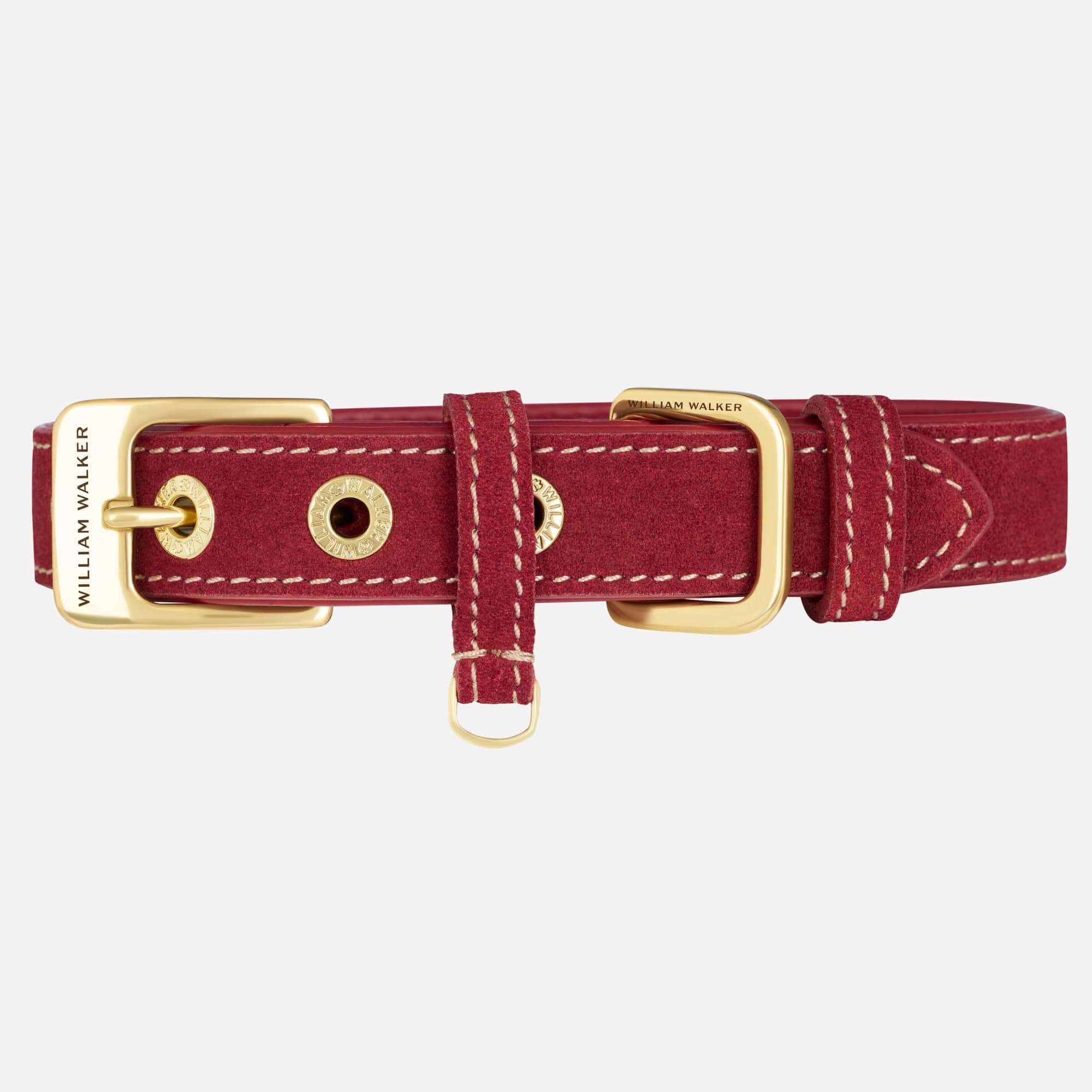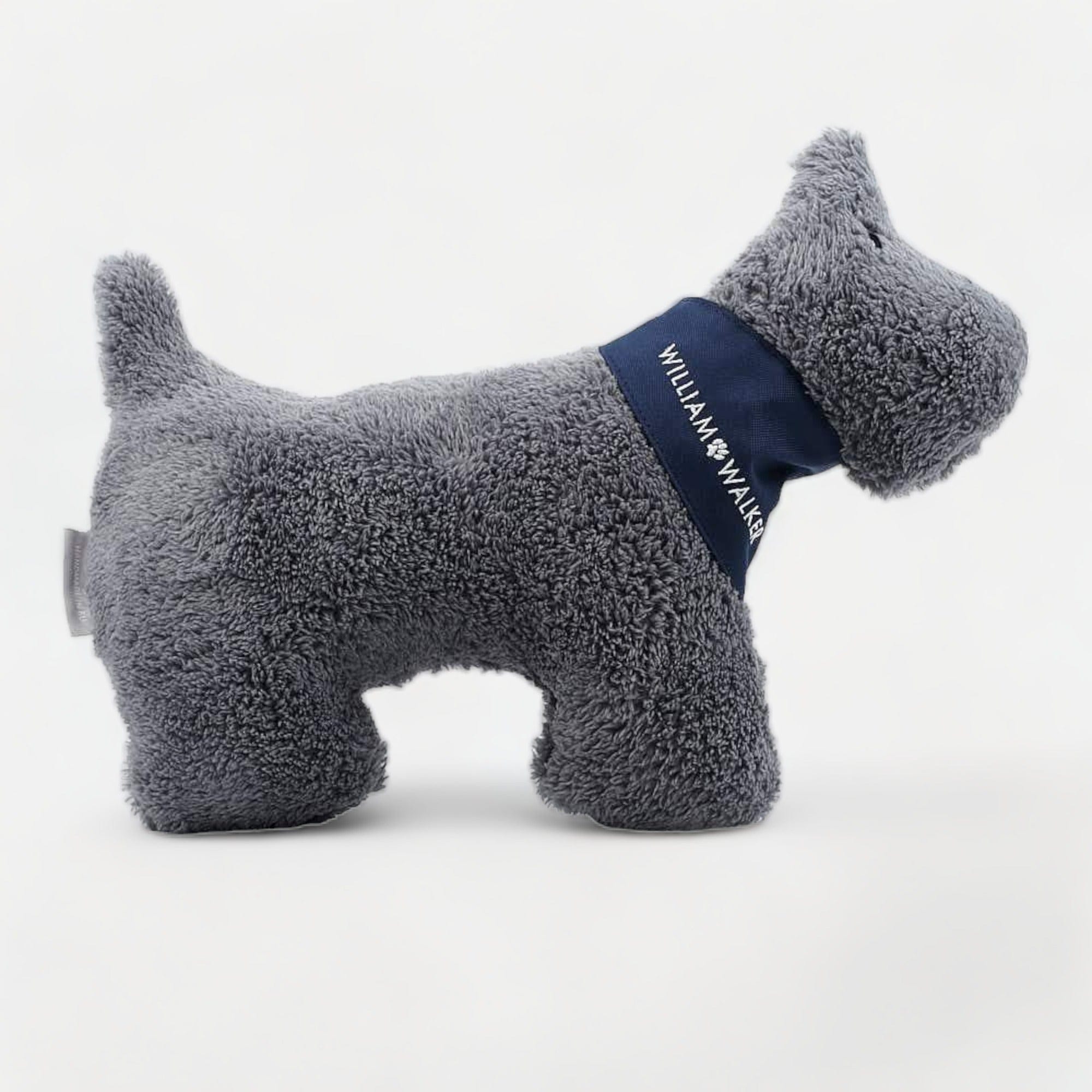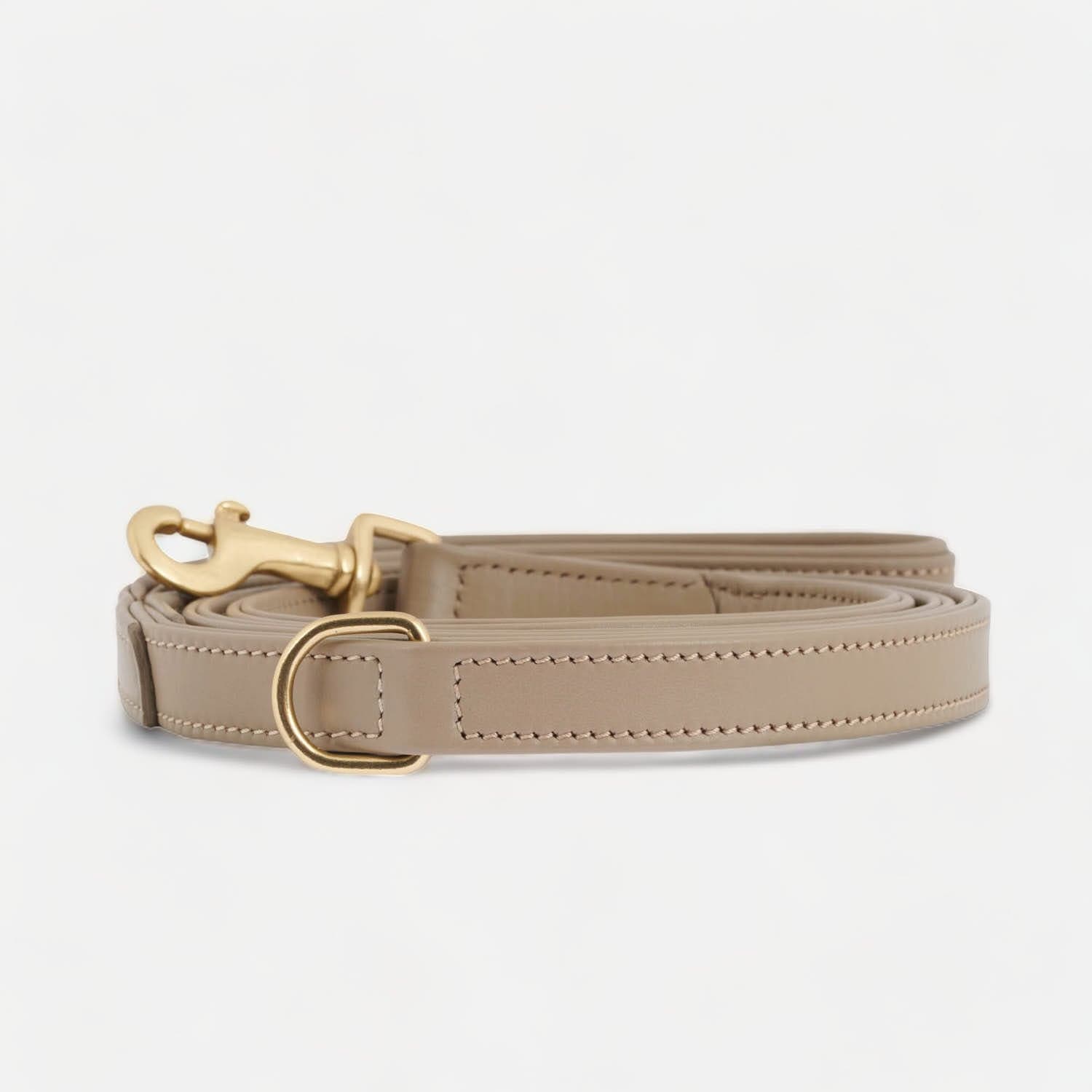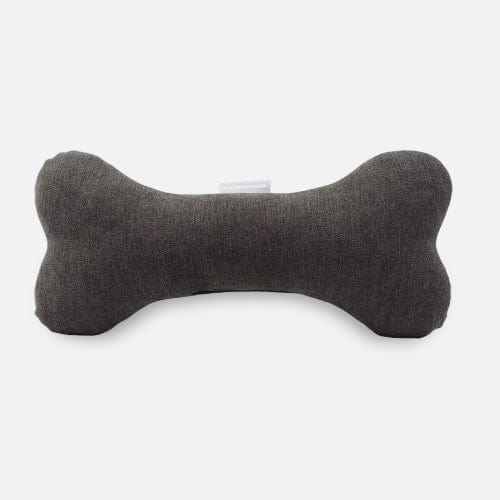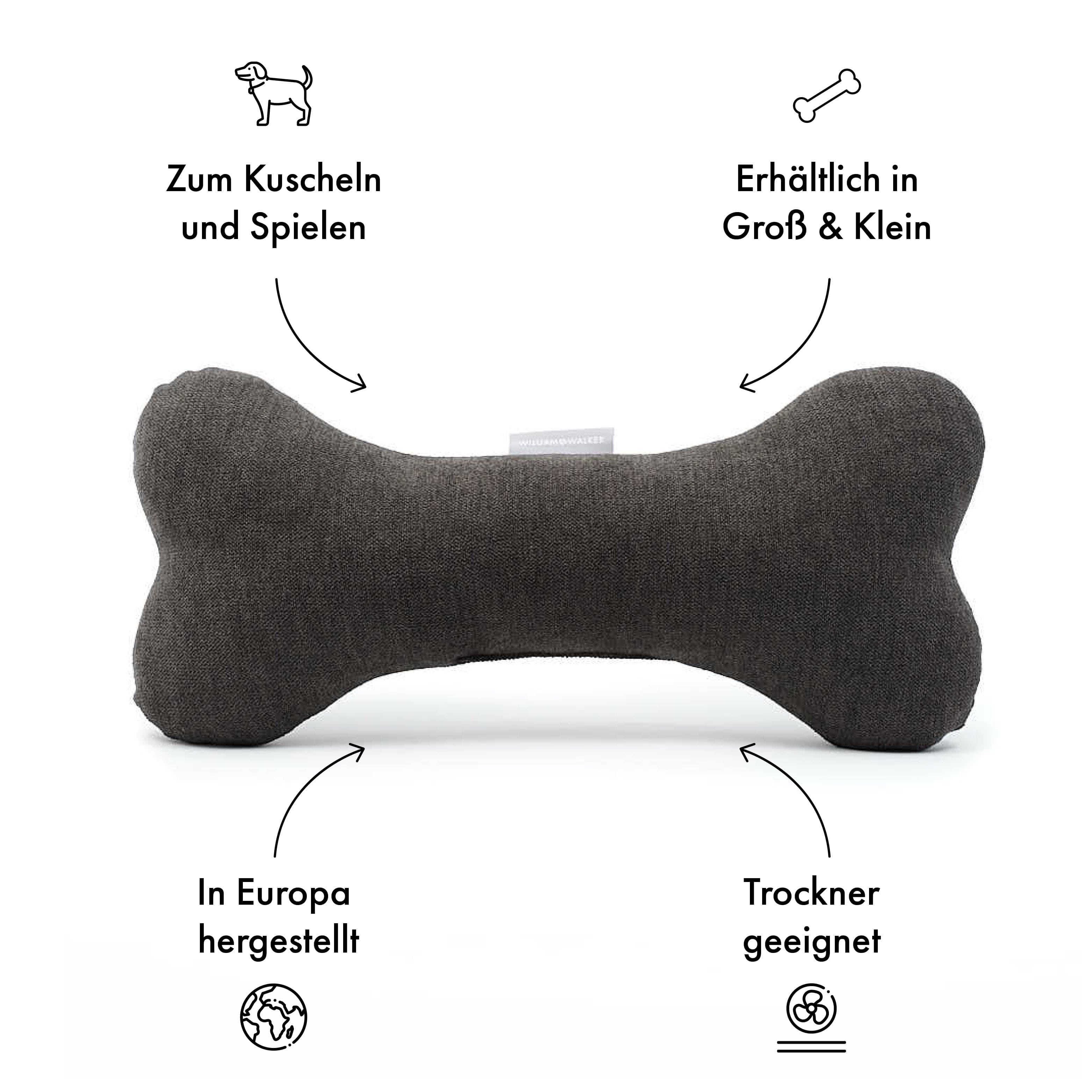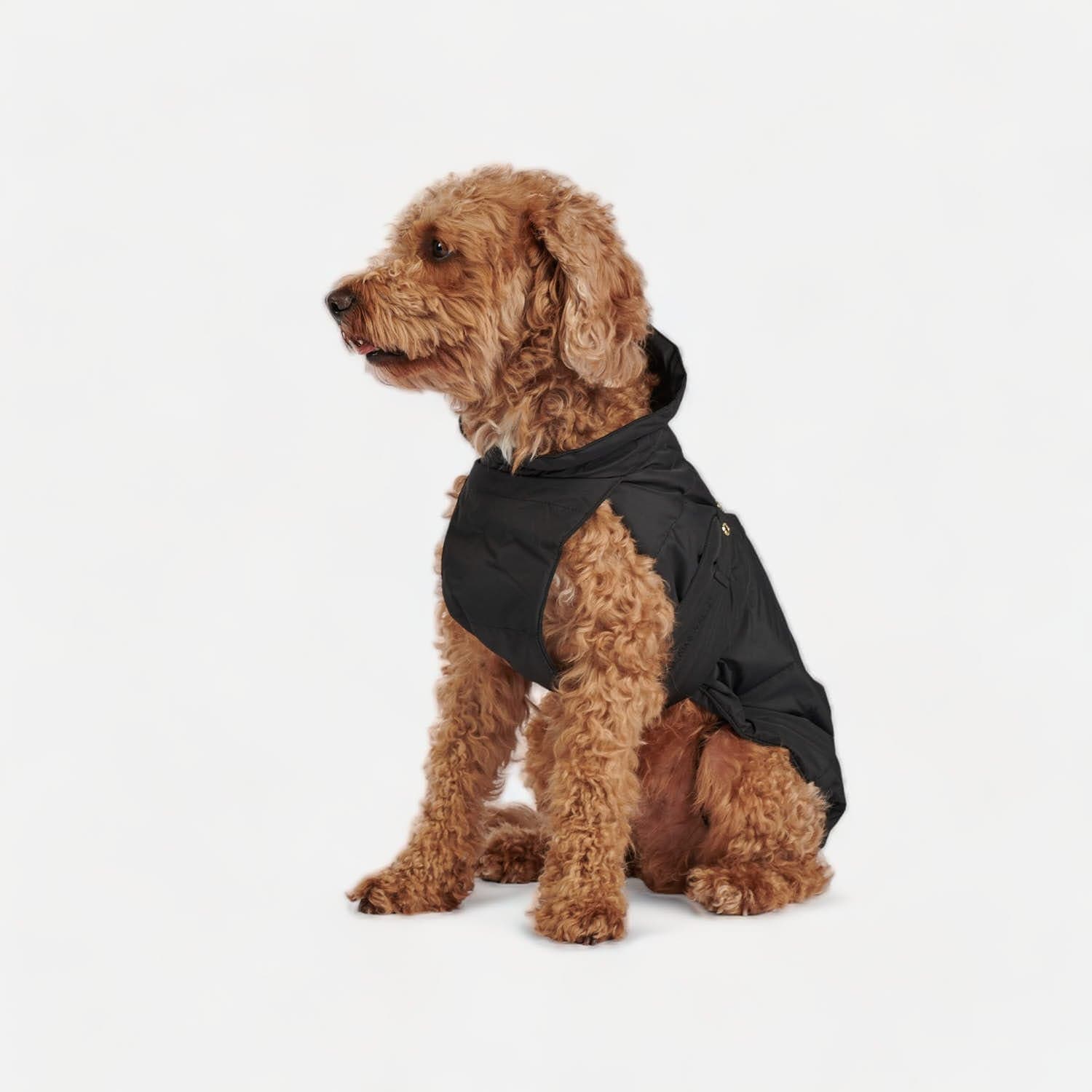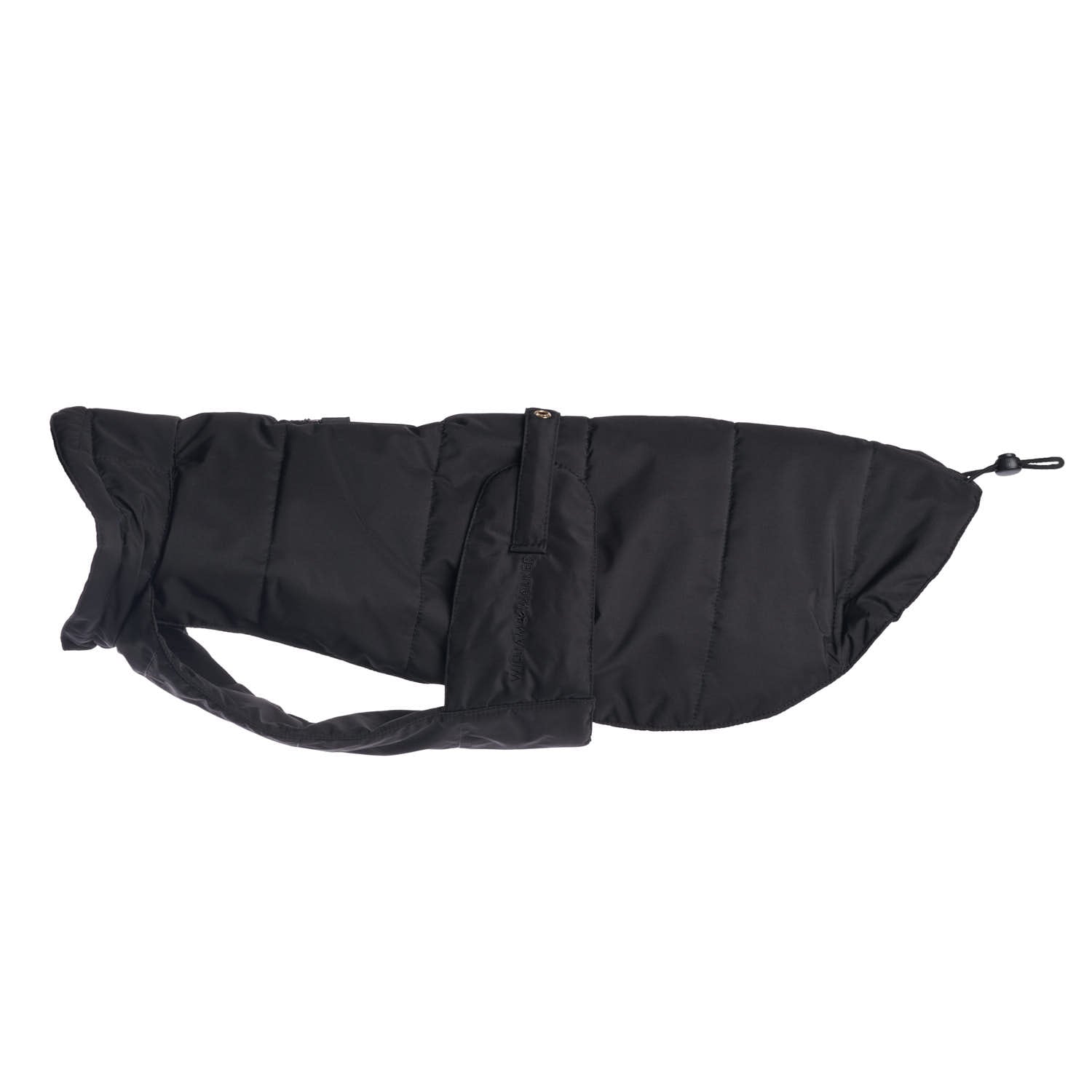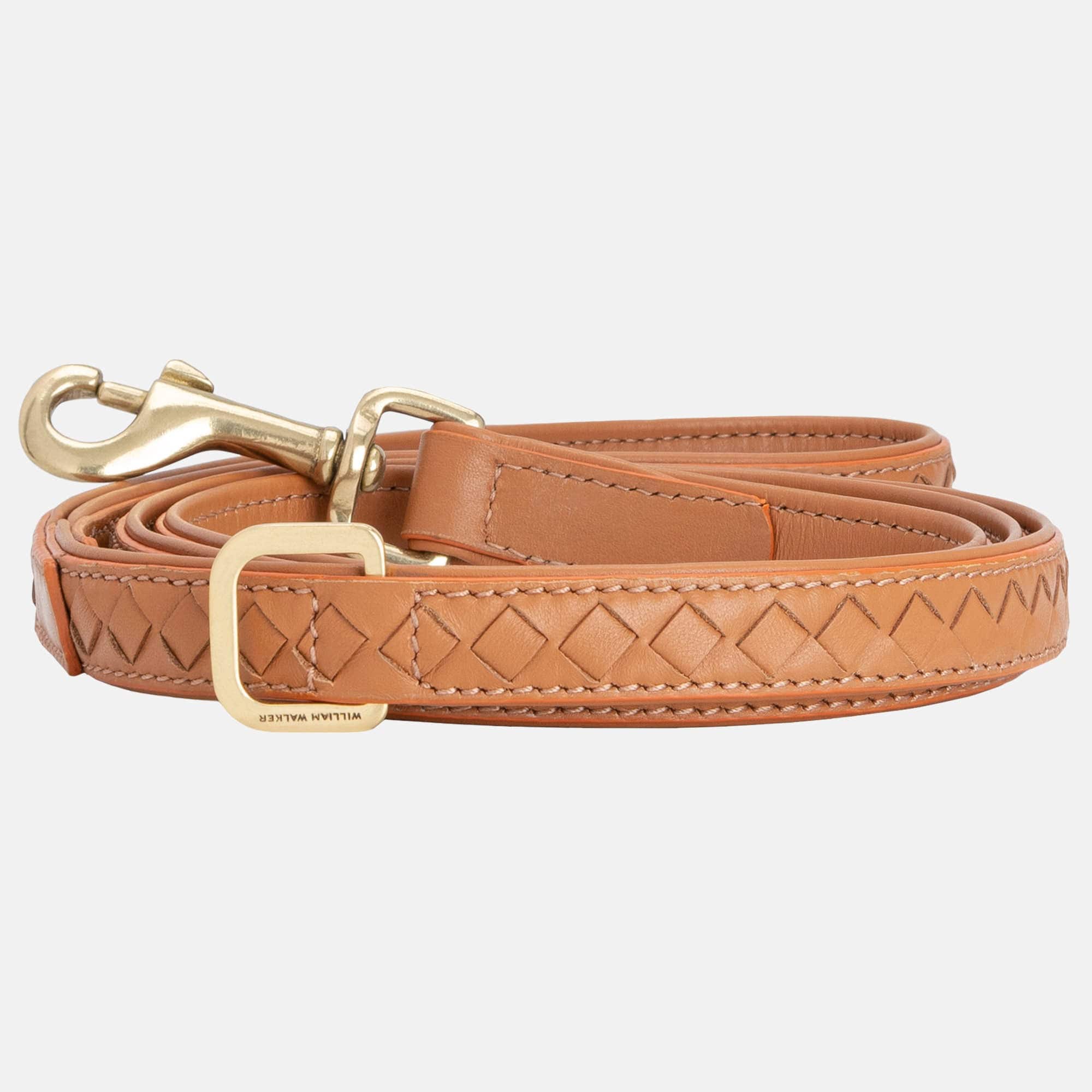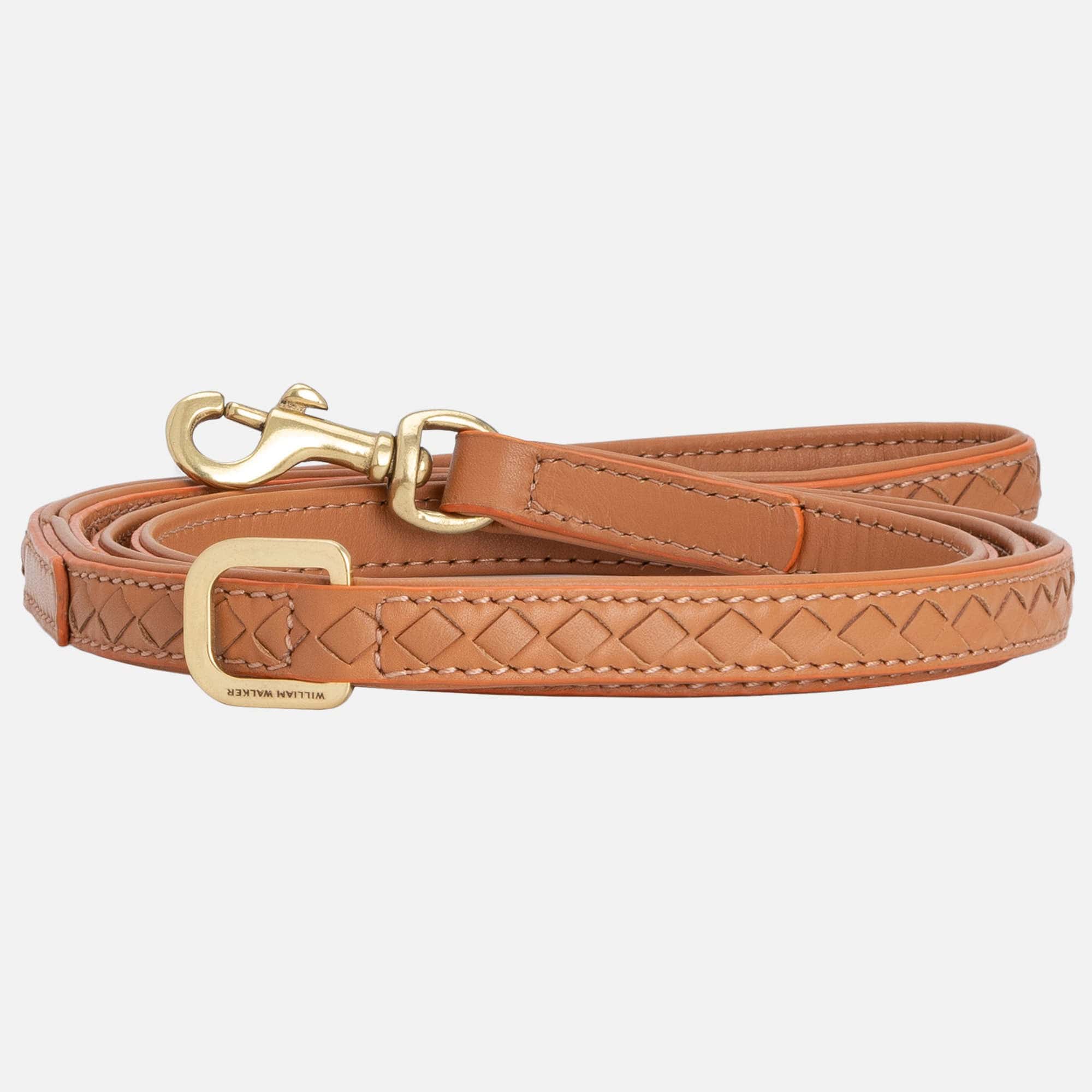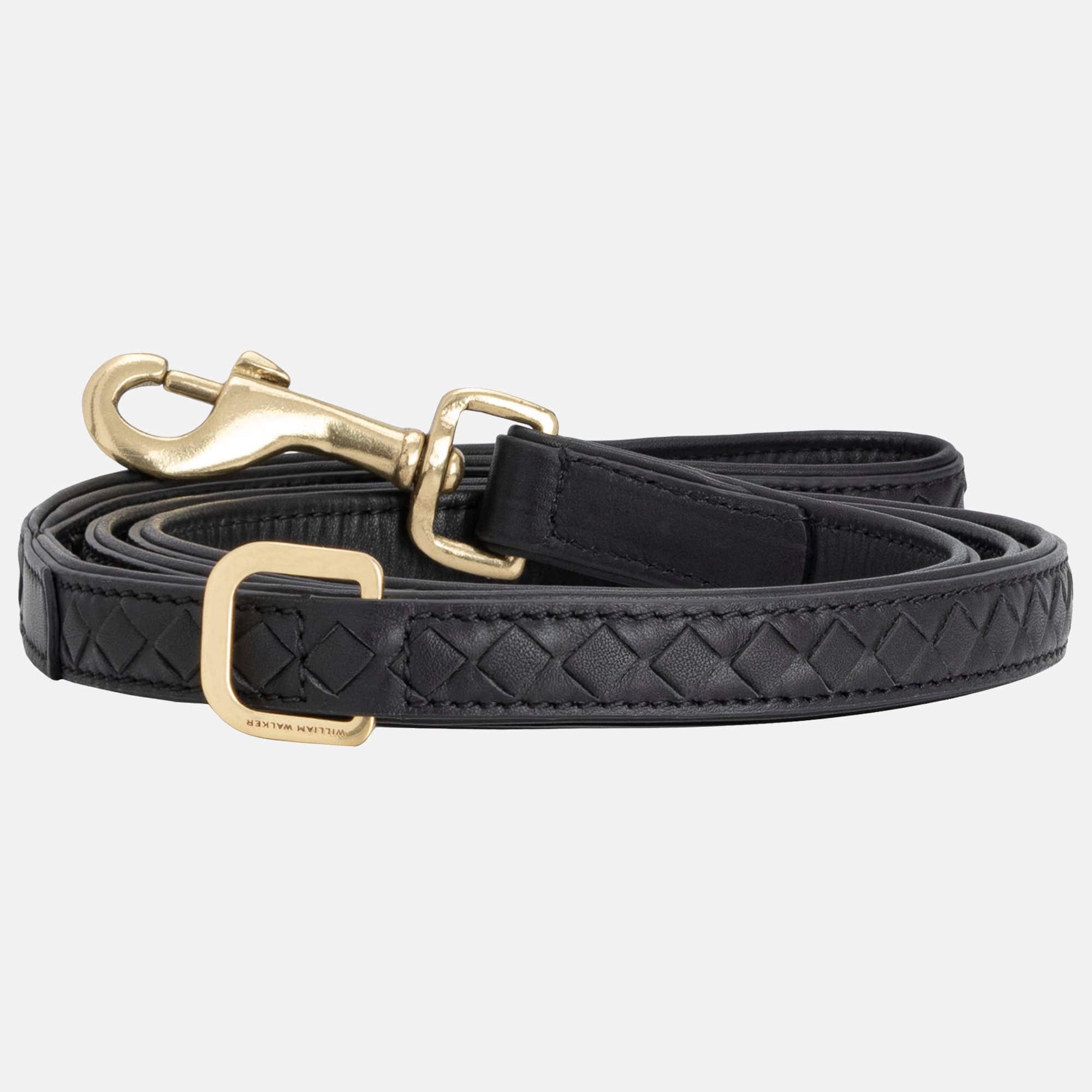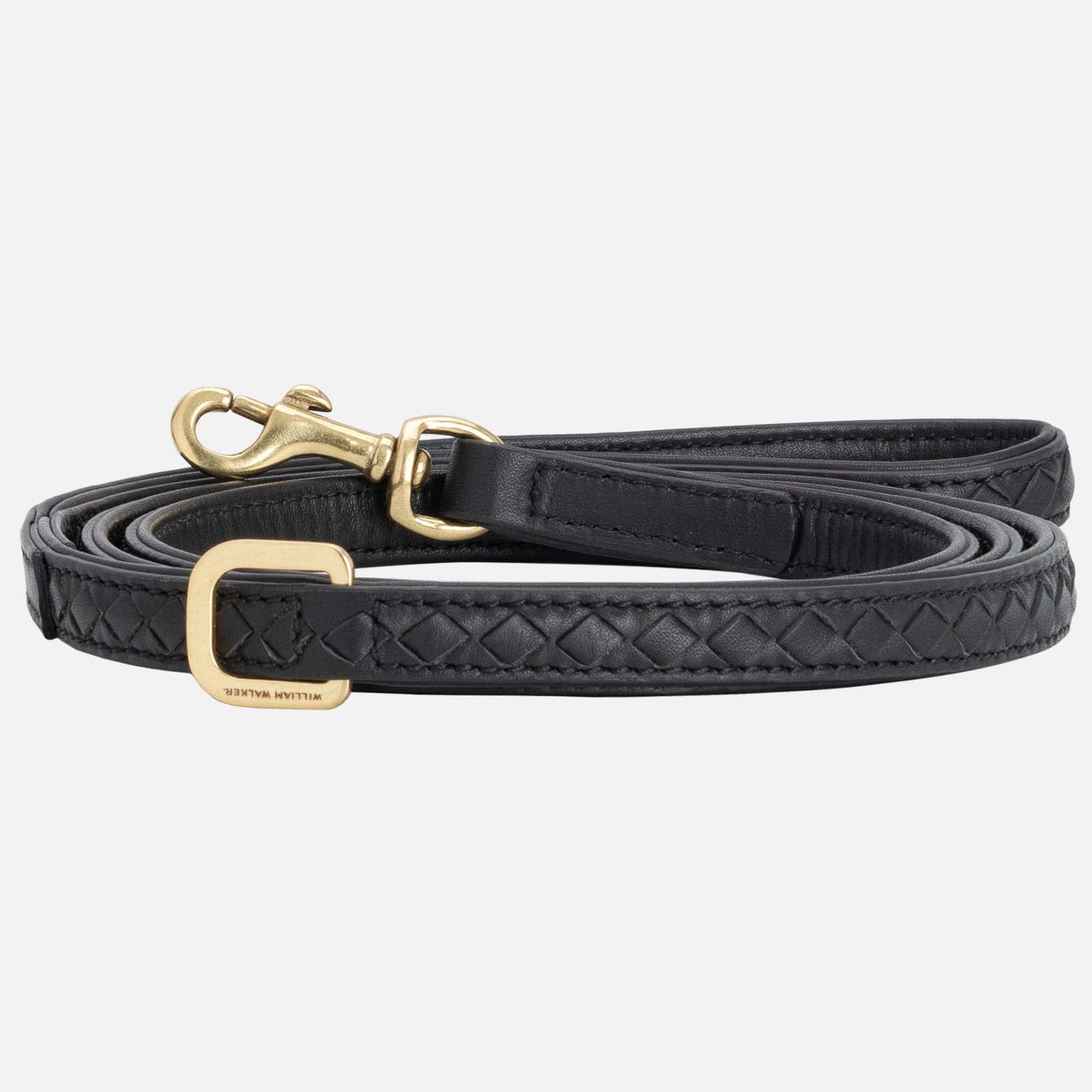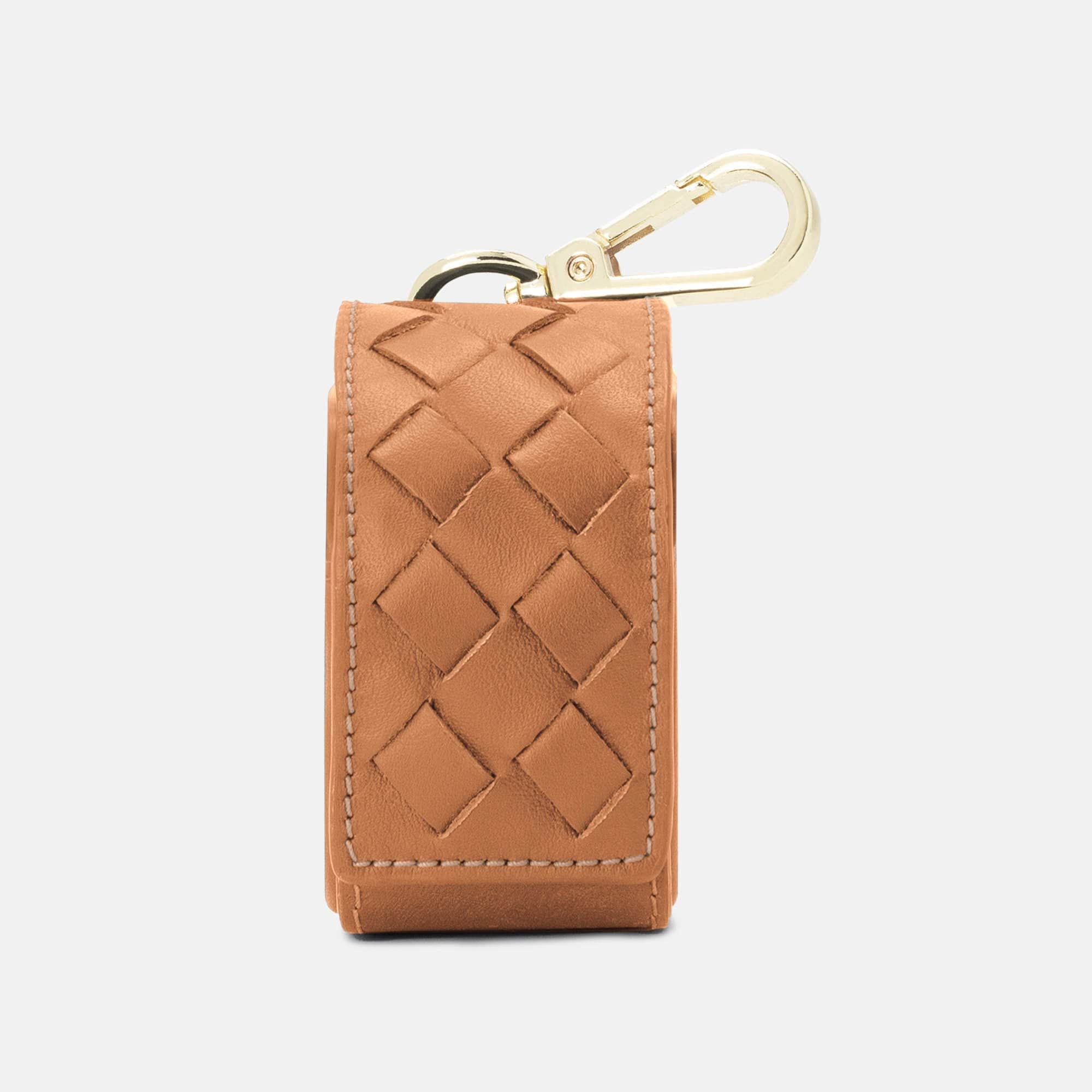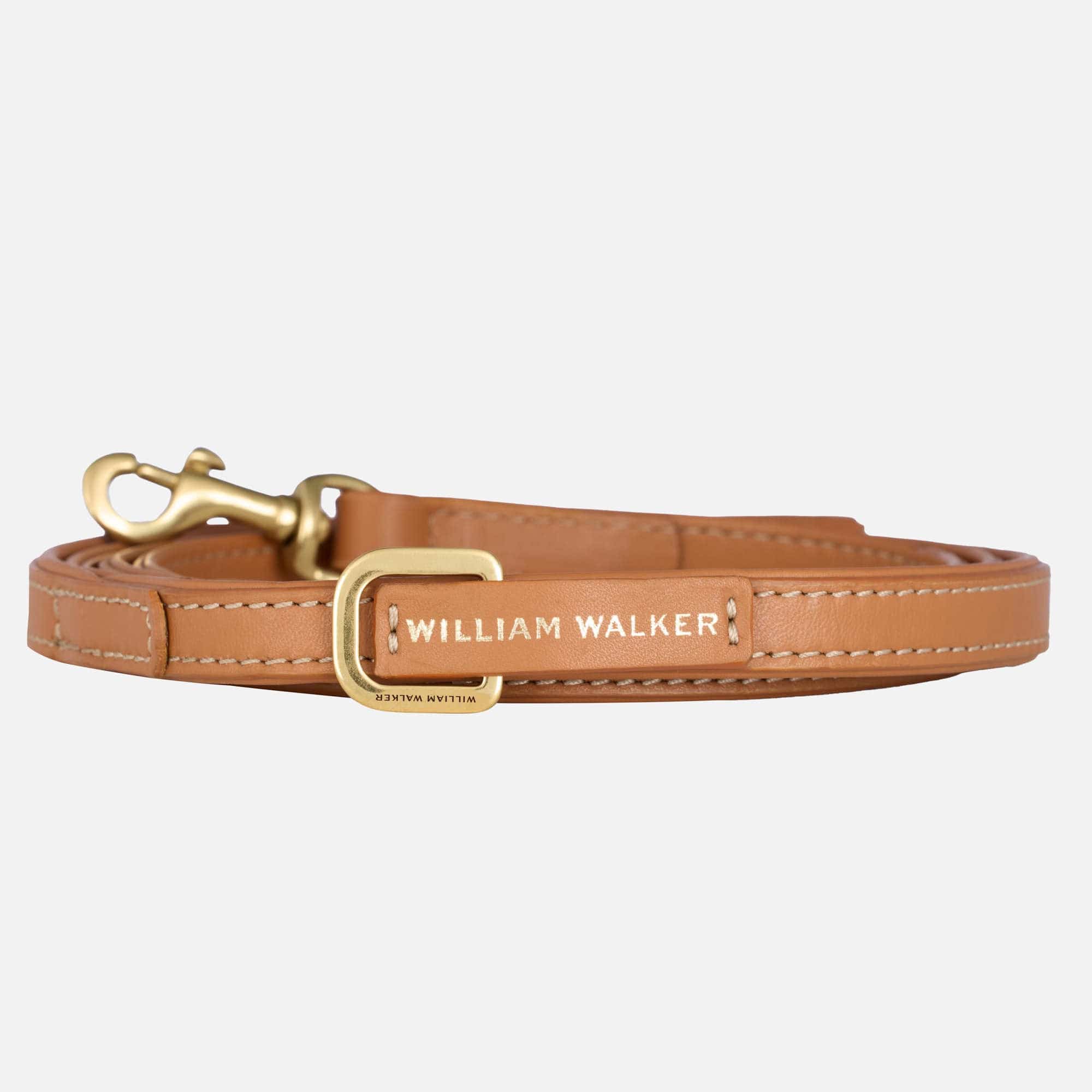Whether you need orthopedic support, easy-to-clean materials, or special designs, this article will help you find the ideal dog bed for your four-legged friend’s unique needs. Learn everything about different types of dog beds and their benefits.
Key Takeaways
- Dog beds come in various shapes and materials, each offering specific benefits tailored to different dog needs and preferences.
- Orthopedic dog beds support joint health and are especially beneficial for older dogs or those with health issues.
- Choosing the right size and location for the dog bed is crucial for your pet’s comfort and well-being, with washable and hygienic options being highly recommended.
Different Types of Dog Beds
The world of dog beds is diverse, offering solutions for every dog and owner’s taste.
There are many options, including:
- Dog cushions
- Dog sofas
- Dog mats
- Dog blankets
Each type has its own advantages and is suited to specific needs and preferences.
Dog cushions are a great addition to hard dog baskets and can also serve as a second resting spot. They provide a soft and comfortable surface for your dog to stretch out and relax.
Dog sofas, on the other hand, are special beds with a small step up to a couch, making them ideal for young and agile dogs. These beds combine comfort with a stylish design that seamlessly fits into your living room.
Dog mats and dog blankets are particularly durable and versatile. They can be used anywhere in the house or on the go, offering extra warmth and security for your dog. A dog mat is also ideal for use inside dog baskets, providing added comfort.
With a wide variety of shapes, colors, and special features available, finding the perfect sleeping spot for your dog is easy.
Orthopedic Dog Beds for Healthy Joints
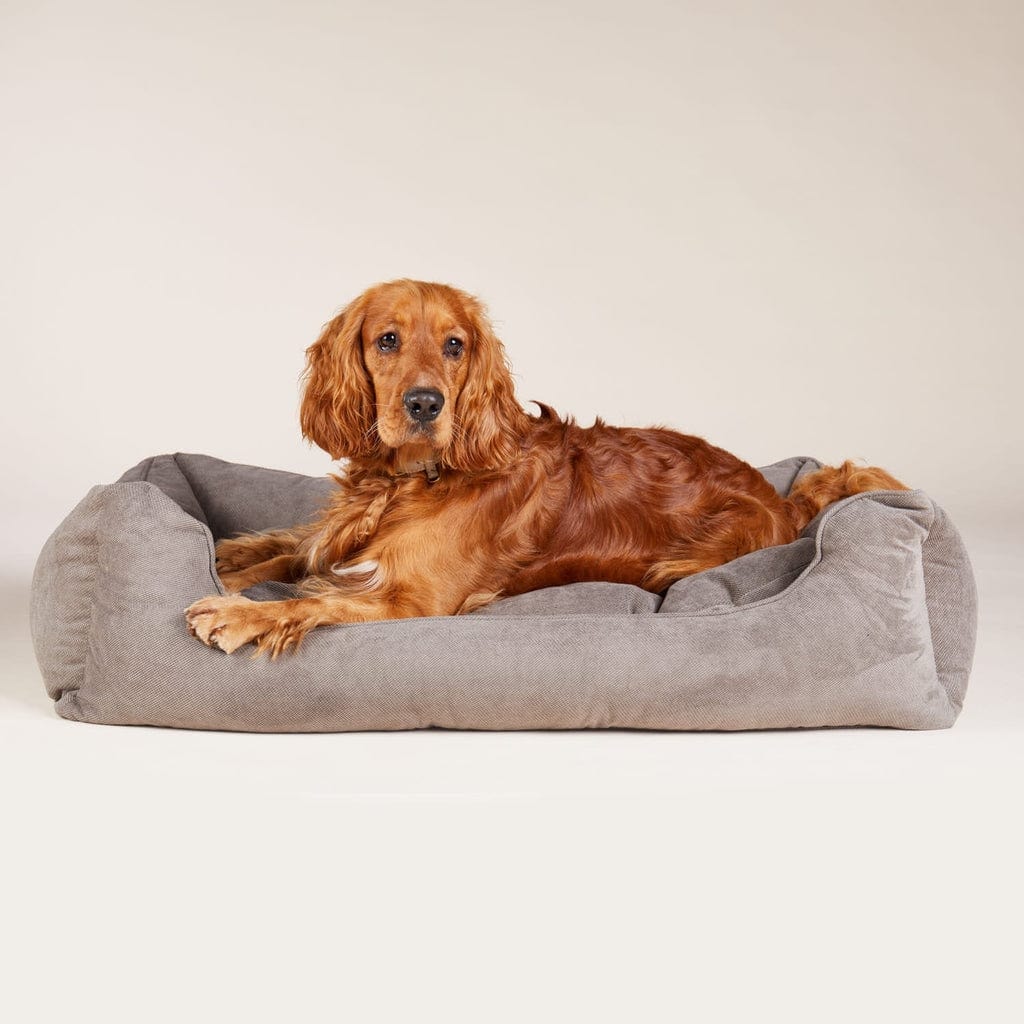
Orthopaedic dog beds are an excellent choice for dogs that need extra support, whether due to age, joint problems or other health conditions. These beds are specially designed to relieve pressure on the joints and provide better support when lying down.
Older dogs in particular benefit from orthopaedic beds as they relieve pressure points and help to alleviate joint pain. High-quality orthopaedic beds help to alleviate joint and back problems. They are equipped with memory foam, which moulds to the dog's body shape and thus provides optimum support. This is particularly important as inferior fillings often do not provide the necessary support and can lead to further discomfort.
Innovative technologies and materials such as viscose foam are used in orthopaedic dog beds as they are breathable and mould to the dog's shape. Memory foam is a popular choice as it is easy on the joints and significantly improves comfort. So choosing an orthopaedic dog bed can make a big difference to your dog's health and well-being.
Washable Dog Beds: Practical and Hygienic
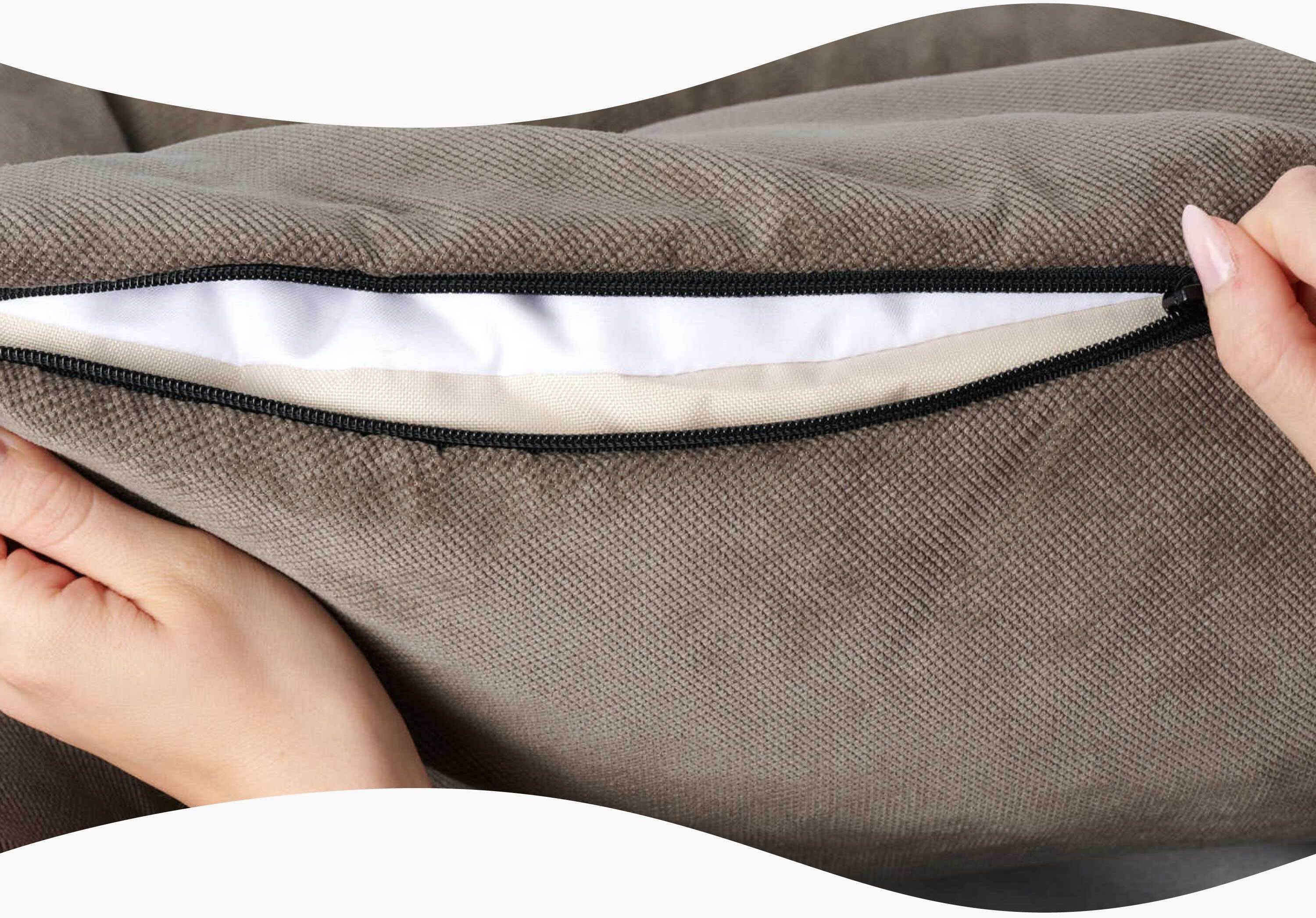
The Hygiene of a Dog Bed is Very Important, and Washable Dog Beds Offer an Easy Way to Ensure It.
Regularly washing the dog bed helps prevent odors and combats allergens. Therefore, it is crucial that the bed is easy to clean.
Modern dog beds are often equipped with washable and removable covers, which significantly simplify their care. Removable and machine-washable covers not only contribute to the long lifespan of the bed but also ensure that your dog always has a clean and fresh sleeping place. Hypoallergenic beds are especially important for dogs with allergies, as they are made from allergen-free materials and are easy to clean.
A good example of a stylish and practical dog bed is the Orthopedic Dog Bed Stone. It combines fashionable design with practical features such as a removable and washable cover. These beds are not only hygienic but also a stylish addition to your home.
The Right Size for the Dog Bed
Choosing the right size for the dog bed is crucial for your dog’s comfort and rest. Ideally, a dog bed should be 5 to 15 cm longer than the dog itself, measured from the snout to the base of the tail. The height of the dog also plays a role and should be measured from the paw to the top of the back.
If you're unsure between two sizes, it’s recommended to choose the larger option. A bed that is too small can cause discomfort, while a bed that is too large may affect your dog’s sense of security. Dogs spend a significant portion of the day sleeping, so the right bed size is key to their recovery. It's better to choose a bed that’s a little too big than one that’s too small.
The right size of the dog bed greatly contributes to your dog’s happiness and health. It’s important to take the time to find the right size and ensure that your dog has the best possible sleeping place.
Materials and Fillings
Choosing the materials and fillings for a dog bed is just as important as choosing the size. Hypoallergenic materials are often ideal for dog beds as they minimize the risk of allergies. Faux leather and nylon are low-maintenance materials that are hygienic and easy to clean.
The materials used in William Walker dog beds include a variety of options such as orthopedic cold foam, cotton, and polyester. Foam can be a comfortable and quiet filling for dog beds, especially if it’s not too thin. Styrofoam fillings, on the other hand, are impractical as they are noisy and can easily be torn apart by dogs.
Choosing the right materials and fillings helps extend the life of the dog bed and ensures that your dog has a comfortable and safe sleeping space. Be sure to choose materials that are both comfortable and easy to maintain.
Stylish Dog Beds for Every Taste




























